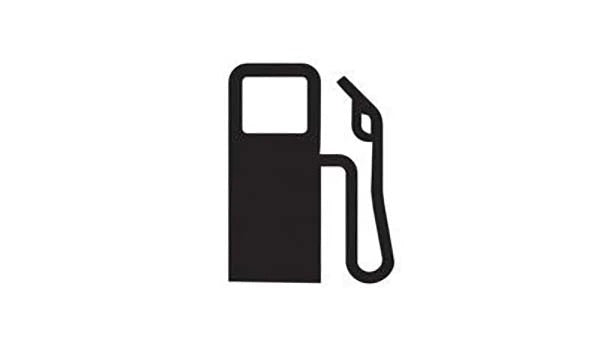By William Misner Ph.D.
Research supports the concept for utilizing 4 parts carbohydrate to 1 part protein during the 120-minute window-of-opportunity in order to exogenously impact lean muscle mass growth and glycogen restorage. Shortly after Ivy and Burke and several others specified results with a 4:1 ratio, a patented product was then marketed. Another research paper using elderly subjects in a strength exercise (weights) found conclusively that when these subjects lifted weights 3 days per week and consumed 1 part carbohydrate to 1 part protein, they positively achieved lean muscle mass growth gains. This later study skews the conclusion of the former calling for the question of what ratio protein to carbohydrate best supports lean muscle mass growth and glycogen restorage post-depletion workout. In other words, research is inconclusively leaning toward the 4:1 ratio, but has not excluded the 3:1 or 5:1 ratio's due to not having studied them as much as the patented 4:1 ratio. This leaves me with the opinion that as far as conclusive research data go, the jury is still out waiting for more papers to be published on other ratio values.
An endurance exercise session lasting more than 3 hours depletes muscle glycogen and likely cannibolizes around 50-60 grams of lean muscle proteins, and probably around 500-600 grams glycogen which should be replaced. The total dietary replacement ratio then is at least 10:1 Carbs:Pro. Since the glycogen synthase enzyme released during glycogen depletion has a short half-life effective for 90-120 minutes, but most effectively available at 30 minutes post exercise, it behooves us (according to Colgan, Costill, Noakes, Hawley, Ivy etc) to drive replacement proteins on the insulin-glycogen synthase train for effective maximal replacement. If you try to replace all the glycogen in one or two meals spaced an hour apart with all the protein, too much carbohydrate in one meal will produce excess adipose fatty acid storage. Cutting the carbs down to small dose will produce the insulin and provide maximum storage rate for the protein fraction delivery into the muscle cell for the lean muscle mass rebuilding process. Replacing all of the 70-90 minutes glycogen stores may actually require a 3-day taper with frequent carbohydrate snack/meal intake.
The 3:1 carbohydrate:protein post-exercise protocol is rational for the endurance athlete, especially if lean muscle mass recovery is the objective. Adding 1 more part carbohydrate raises the carbohydrate component (to 4:1) and may be beneficial for athletes who are free from carbohydrate-induced fat weight. Of the two ratios - 3:1 or 4:1 - the low-carb Recoverite appears to be favorable for endurance lean muscle gain than the 4:1 higher carb patented formula. Recoverite is formulated for your convenience. Altering the formula in any direction toward more protein or more carbohydrate should be monitored by fat weight gain and lean muscle mass gain accordingly.
Since we saw the research that showed positive lean muscle mass growth in older subjects using 1:1 Carb:Pro recovery refueling, our opinion is that the lower carbohydrate version is superior to the higher carbohydrate version. Younger athletes with higher Basal Metabolic Rate, however, can "get by" with consuming higher carbohydrate calories than those of us over age 35...and counting.








